Daily post 11 Feb 2013 07:07 am
Snow White à Trois
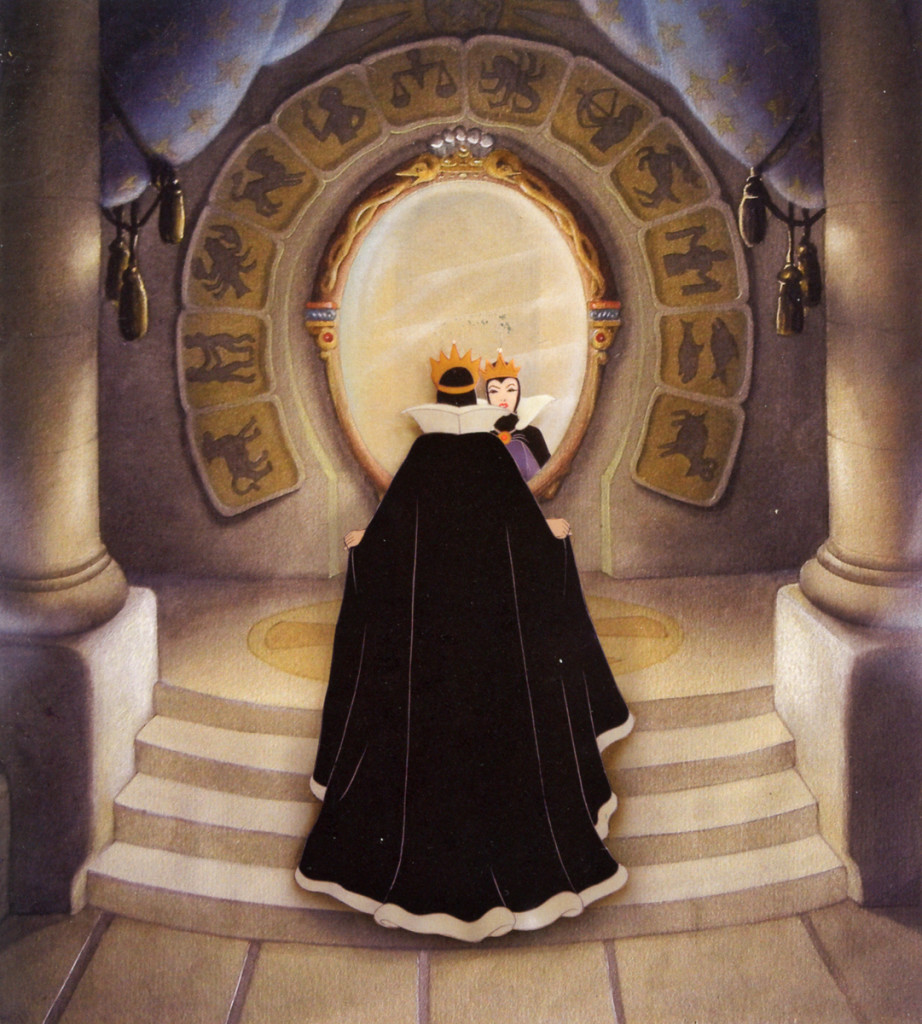
The Queen stand in front of her mirror.
The mirrpr is circled with signs of the zodiac.
- At Christmas I found myself the owner of two enormous and excellent books, both by author J. B. Kaufman. Both were extensive studies of Snow White and the 7 Dwarfs.
Snow White and the Seven Dwarfs: The Art and Creation of Walt Disney’s Classic Animated Film is a beautiful book that almost acts like a guide to the gallery showing of art at the Walt Disney Museum. Page after page reveals more and more beautiful art. The writing is strong and pointed and occupies far less space than the images.
The Fairest One of All: The Making of Walt Disney’s Snow White and the Seven Dwarfs is the second of the books, and it is the larger and more detailed in the writing. The writing is deeper and richer, the research revealed is far more detailed, and the story of the making of the film is certainly strong. The images in the book are at least as beautiful as the first book (there are several I love in this second book that do not appear in the first book.
There are so many pictures here, that I find it quite amazing that so few images appear in both books, simultaneously. It makes you feel the value of both since here is such a focus on the images. As I said, the first book feels somewhat like a guide with short bits of history doled out among the artwork. The second goes into enormous depth following the production of the film by sequence number one after the other. As such it feels as though the film was constructed this way, scene by scene, and a lot of time is spent with the story, itself, rather than the making of the art. Don’t get me wrong, there is both, but the story, certainly by the book’s end, is dominating. There’s nothing wrong with this; it’s just the book’s approach.
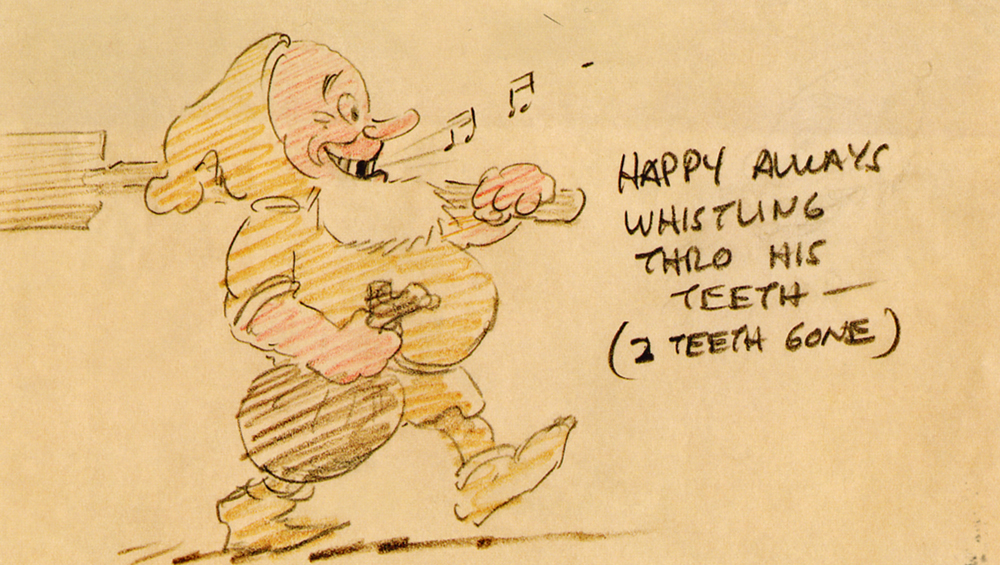 The feel in the first half of the book is to tell more about the work that went into the creation of the film, and, as a worker in the field, that was more of my interest.
The feel in the first half of the book is to tell more about the work that went into the creation of the film, and, as a worker in the field, that was more of my interest.
I treasured skipping back and forth between the two books, reading The Art and Creation first, for a section, then moving to the second book, Fairest of Them All for the same section of work. It made for a good process and allowed me to take my time, not only comparing the books, but watching how the stories develop.
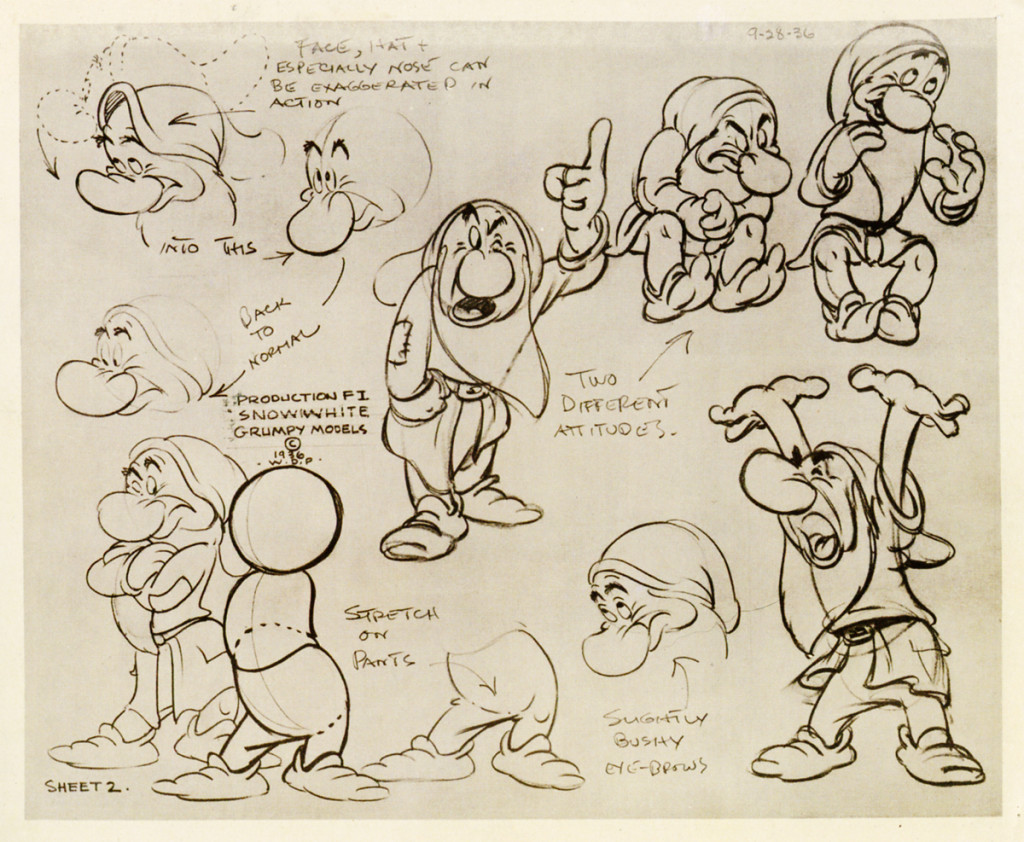 Some of the details in the thicker book are precious. When the film is released there is enormous detail on the completion, screening and release of the feature as well as a strong focus on the materials that followed to sell the film, as well as the merchandise, itself. Details, for example, of the many books and comic books issued is interesting.
Some of the details in the thicker book are precious. When the film is released there is enormous detail on the completion, screening and release of the feature as well as a strong focus on the materials that followed to sell the film, as well as the merchandise, itself. Details, for example, of the many books and comic books issued is interesting.
I felt completely satisfied with both books, by the time I’d finished. However, I felt that I had to go back to Mike Barrier‘s book,
Hollywood Cartoons:______________No doubt Tytla had a hand in this model
to reread what Mike had written.
Indeed, in shorter space he paints a different, and in some ways, stronger picture of the period, the work that was done and the analysis of the story. Barrier puts complete focus on the animators that had developed to the top of their game, Tytla and Moore and analyzed what they did on the film with the dwarfs. His analysis of Tytla’s study of Stanislavski and Boleslavsky makes for great reading. This information appears nowhere else in such detail and understanding. (There’s no hi hint of Fred Moore studying these acting techniques.) Luske and Natwick get a bit more attention in Kaufman’s book, but certainly no short shrift in Barrier’s eyes. Barrier is more attentintive to Natwick’s animation; it was the more developed. The rising stars, particularly Frank Thomas, gets quite a bit of attention, pointedly over the dwarfs crying at Snow White’s bier, and we see the growth of an artist in those pages. In fact, we understand that the medium is growing up with these scenes, and it’s Disney, himself, that pushes it forward. The other new, young animators,Johnston and Kahl get more attention when they’ve moved onto Pinocchio, in Barrier’s book.
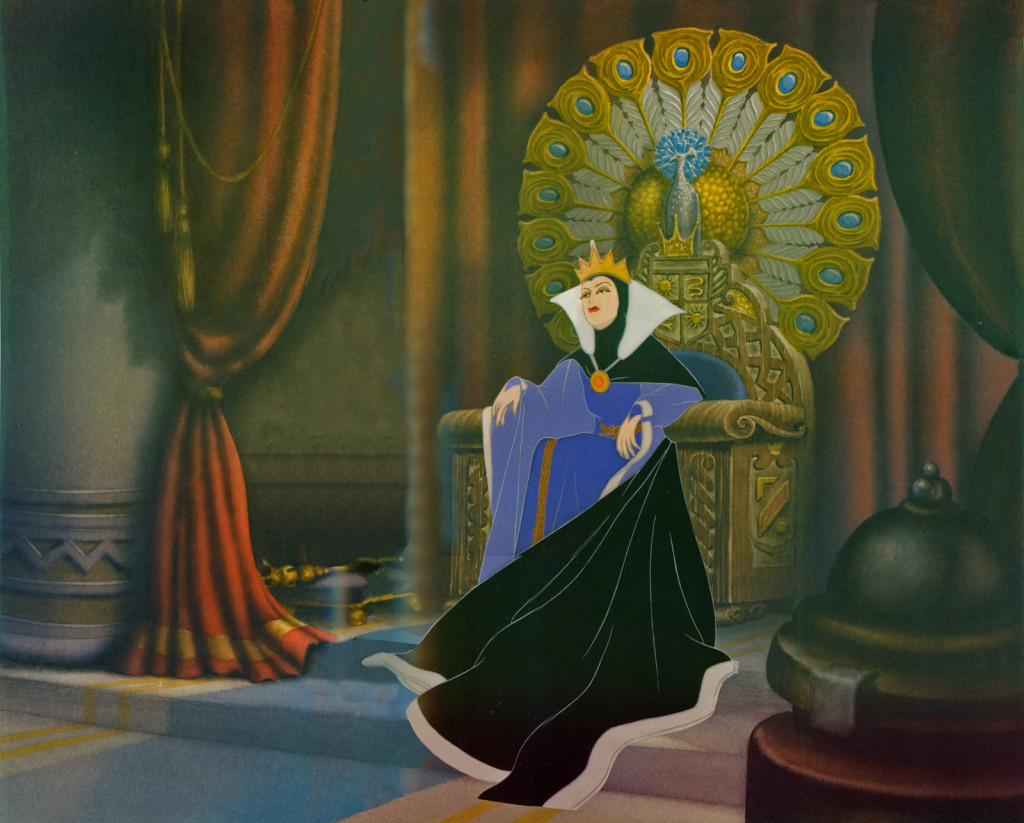
The Queen sits on her elaborate throne.
What a pose! What an amazing Bg!
If you want to pass up all these incredibly gorgeous illustrations, but want to feel truly informed about the making of Snow White, reread Barrier’s book. His attention to detail is quite amazing, and his information couldn’t be richer.
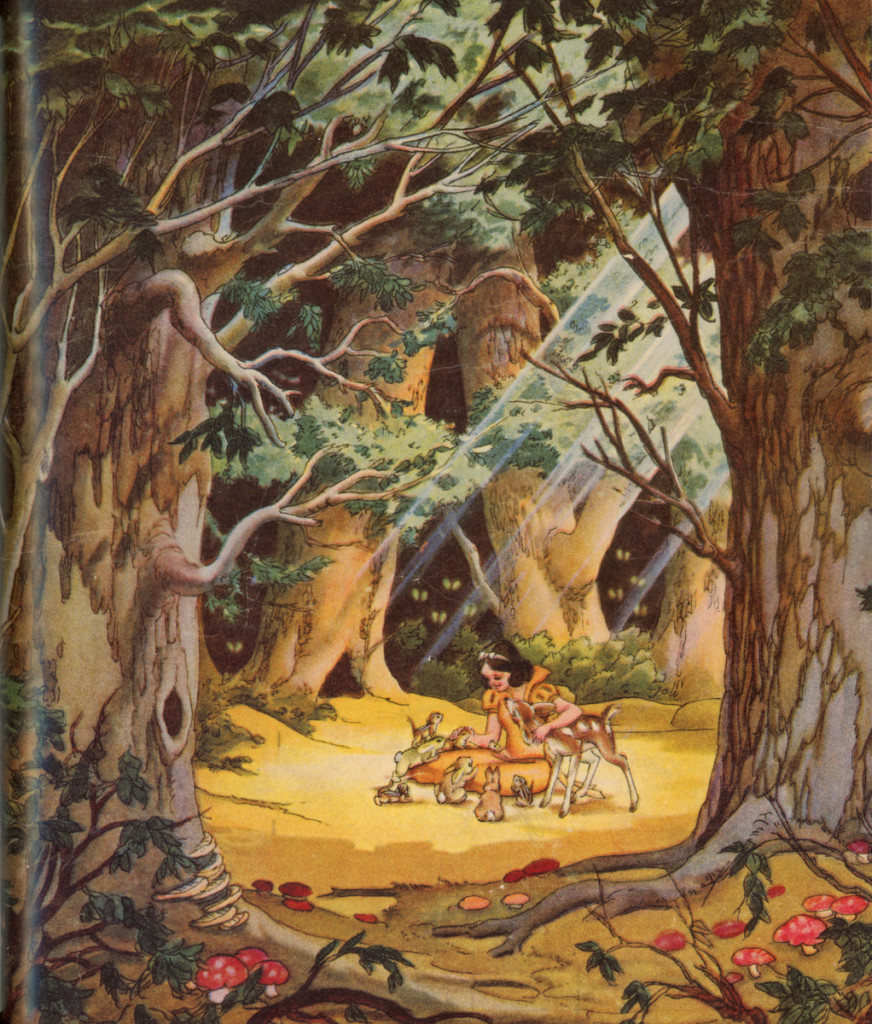
A beautiful watercolor of Snow White and animals in the forest.

on 11 Feb 2013 at 10:03 am 1.Thad said …
I don’t own the thinner of J.B.’s books, but I was truly disappointed by the lack of animation drawings by Moore, Tytla, Natwick, et. al. Is there any explanation as to why they aren’t there? There’s literally more of them on your splog than in the book.
Though J.B.’s book is excellent, I too would ultimately have to go with Mike Barrier’s shorter, more in-depth account of the movie. I had written off SNOW WHITE for the longest time as important but uninteresting as entertainment. It was MB’s chapter on the film that compelled me to reconsider.
on 11 Feb 2013 at 2:40 pm 2.Eric Noble said …
My experience with Snow White is much the same as Thad’s is. I thought of of SNOW WHITE as an important film, but unentertaining. Reading Michael Barrier’s Hollywood Cartoons (one of my favorite texts on the history of animation) made me reconsider it . Now it’s one of my favorite Disney films. I can watch it again and again and gain even more enjoyment out of it.
on 11 Feb 2013 at 6:46 pm 3.Mark Sonntag said …
I love the two books but I agree that Michael Barrier’s book Hollywood Cartoons reads more like a making of, not just of Snow White but Disney animation in general. As yet, it stands as the most detailed behind the scenes account so far. I recommend all three.
on 12 Feb 2013 at 12:22 am 4.Scott said …
I read somewhere that T. Hee thought “Pinocchio” was Walt’s greatest film, but that “Snow White” was, without a doubt, his greatest achievement. I’d agree.